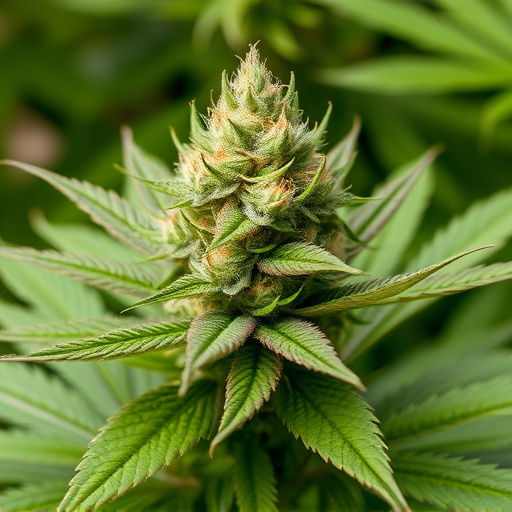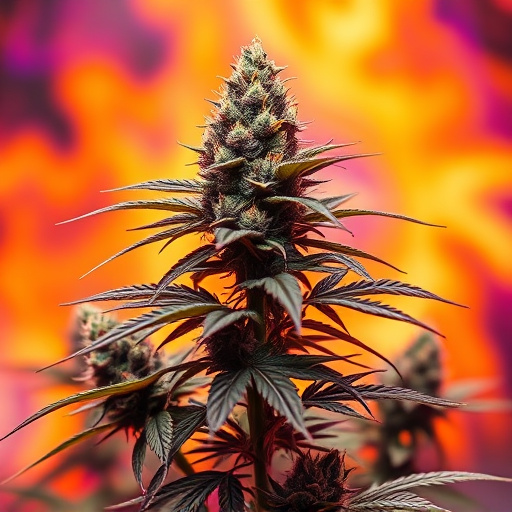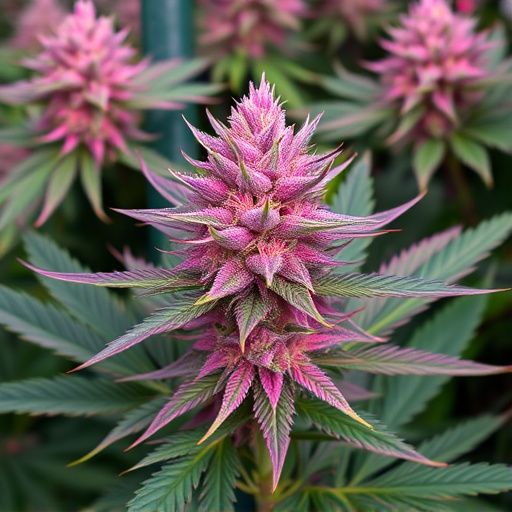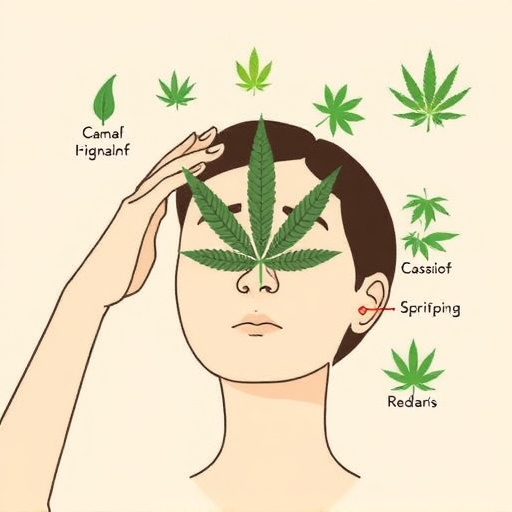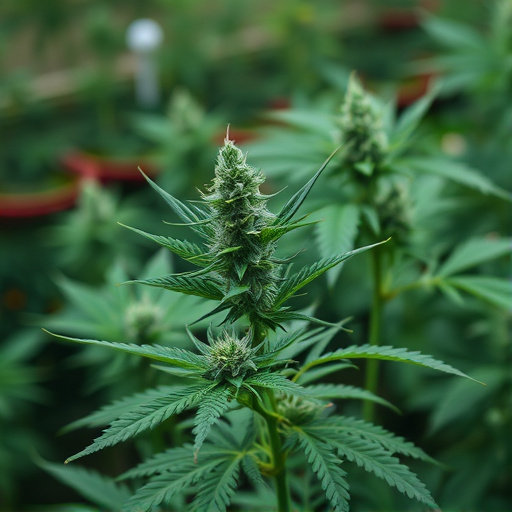Cannabis strains for migraines have gained popularity due to full-spectrum and isolated cannabinoids offering therapeutic benefits, with THC and CBD showing potential in treating this neurovascular disorder. Full-spectrum oils, rich in terpenes, provide an entourage effect enhancing relief, while isolated extracts focus on single compounds like CBD for non-intoxicating solutions. Balancing cannabinoids is key to maximizing migraine relief.
“Unraveling the intricacies of cannabinoids, this article delves into the nuanced differences between full-spectrum and isolated compounds. In the context of managing conditions like migraines, understanding these distinctions is pivotal. We explore how full-spectrum extracts, containing a range of cannabinoids, differ from isolated forms, focusing on their unique effects. Additionally, we shine a spotlight on specific cannabis strains renowned for their potential migraine relief properties, offering a comprehensive guide for those seeking natural solutions.”
- Understanding Cannabinoids: Full-Spectrum vs. Isolated
- The Role of Cannabinoids in Treating Migraines
- Cannabis Strains for Migraine Relief: A Comparison
Understanding Cannabinoids: Full-Spectrum vs. Isolated
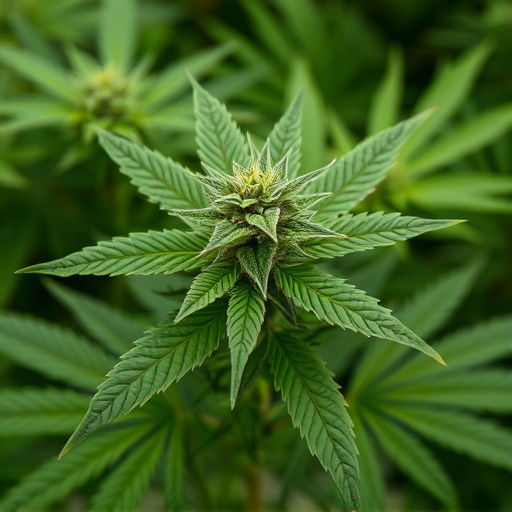
Cannabinoids, found in various forms within the cannabis plant, have gained significant attention for their potential therapeutic benefits, especially when it comes to managing migraines and pain relief. When discussing cannabis strains for migraines or other ailments, understanding the distinction between full-spectrum and isolated cannabinoids is essential.
Full-spectrum cannabinoids refer to the natural combination of compounds present in cannabis, including terpenes, flavonoids, and a range of different cannabinoids like THC (tetrahydrocannabinol) and CBD (cannabidiol). This complex mix is believed to work synergistically, enhancing the overall effects and potentially offering more comprehensive relief. On the other hand, isolated cannabinoids are single compounds extracted from the plant, focusing on one specific cannabinoid without the presence of others. While this provides a more pure form of the desired compound, it might not replicate the full potential benefits that come from the entourage effect—the interaction of multiple cannabinoids and terpenes found in full-spectrum products.
The Role of Cannabinoids in Treating Migraines
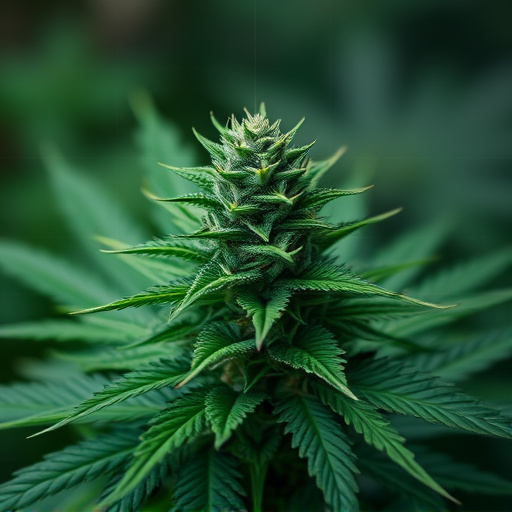
Cannabinoids, the active compounds found in cannabis, have gained attention for their potential in treating various medical conditions, including migraines. Migraines are a complex neurovascular disorder characterized by recurrent moderate to severe headaches often accompanied by nausea and sensitivity to light and sound. While traditional treatments focus on symptom management, cannabinoids offer a novel approach with promising results.
Research suggests that specific cannabinoids, such as THC (tetrahydrocannabinol) and CBD (cannabidiol), may help alleviate migraine pain and reduce the frequency of attacks. THC, known for its analgesic properties, can interact with endocannabinoid receptors in the brain and spinal cord, potentially blocking pain signals associated with migraines. On the other hand, CBD has anti-inflammatory effects and may modulate neurotransmitters involved in migraine pathways. Exploring cannabis strains rich in these cannabinoids could provide an alternative or adjunctive therapy for individuals seeking relief from debilitating migraines.
Cannabis Strains for Migraine Relief: A Comparison
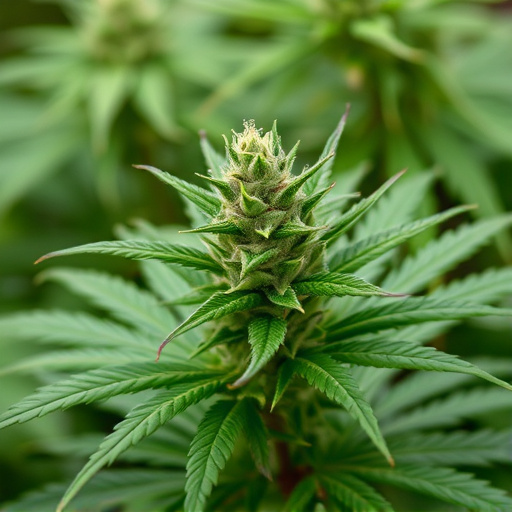
When it comes to alleviating migraine pain, certain cannabis strains have emerged as potential game-changers. Both full-spectrum and isolated cannabinoids offer unique benefits, but each has its pros and cons when targeting migraines. Full-spectrum extracts, which contain a wide range of terpenes and other minor cannabinoids, are often celebrated for their entourage effect—wherein the combined action of these compounds enhances the therapeutic effects of CBD and THC. This synergistic interaction could be particularly advantageous for managing migraine symptoms, as it addresses not just inflammation but also neuropathic pain.
On the other hand, isolated cannabinoid extracts focus on a single compound, usually CBD or THC. While this approach may provide more targeted relief, it doesn’t replicate the complex interactions found in full-spectrum oils. For instance, some studies suggest that CBD alone can reduce migraine frequency and intensity, making it an appealing option for those seeking a non-intoxicating solution. However, when it comes to cannabis strains for migraines, finding the right balance between various cannabinoids may be key to achieving optimal relief without undesirable side effects.
When it comes to alleviating migraines, both full-spectrum and isolated cannabinoids show promise. Full-spectrum cannabinoids offer a broader range of potential benefits due to the presence of numerous compounds, while isolated cannabinoids provide targeted relief by focusing on a single molecule. Cannabis strains specifically cultivated for migraine relief can be an effective alternative or adjunct to traditional treatments. Further research is needed to fully understand the complex interactions within cannabis and its various compounds, but the current evidence suggests that tailored cannabinoid therapies could significantly improve migraine management.

